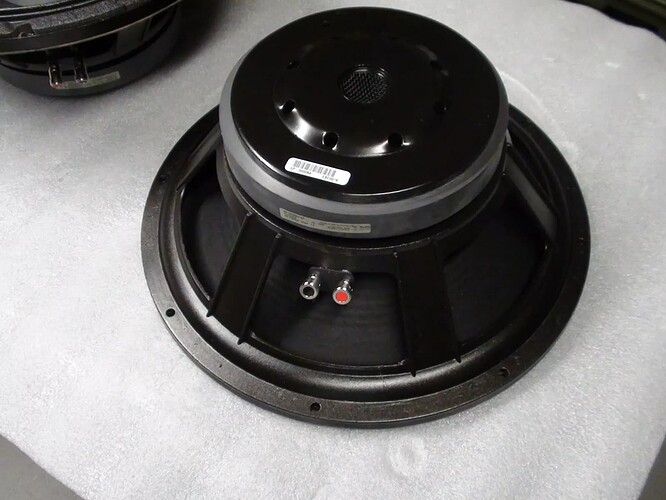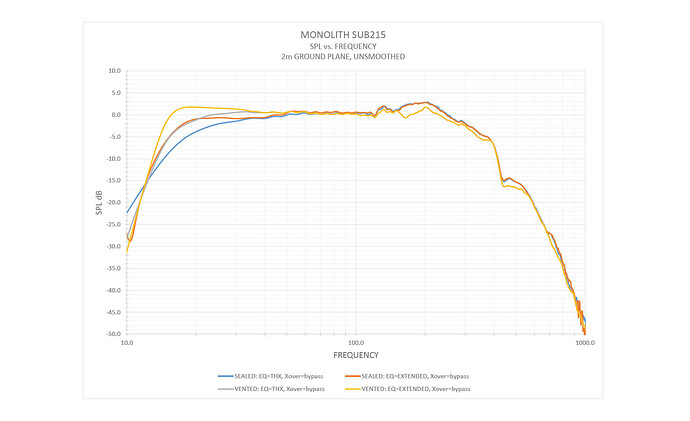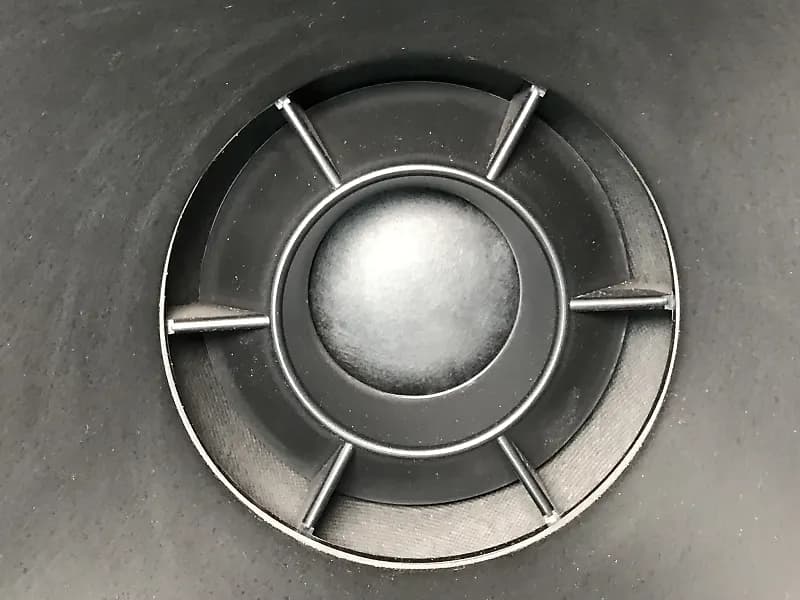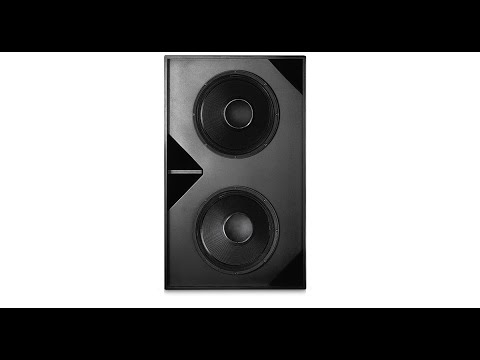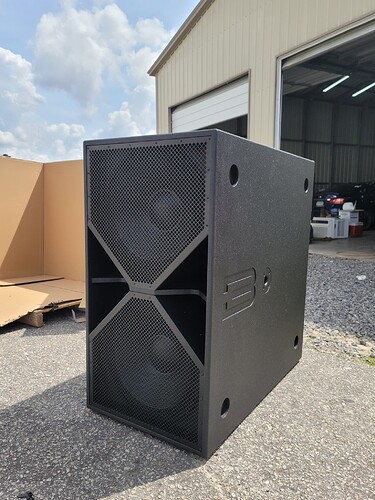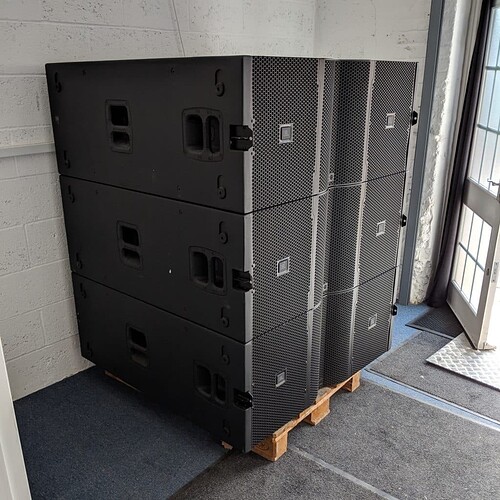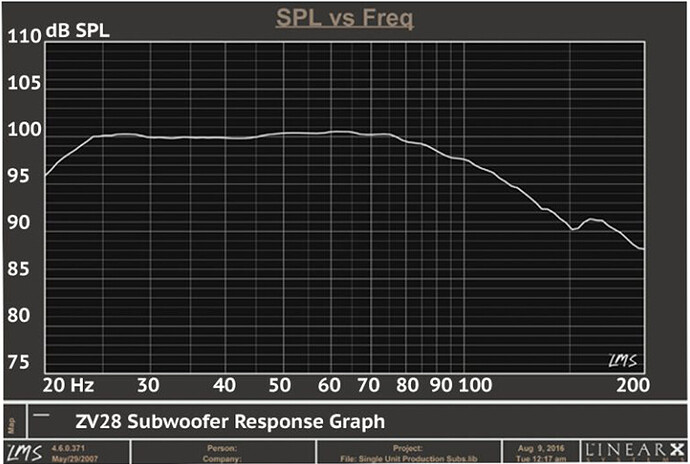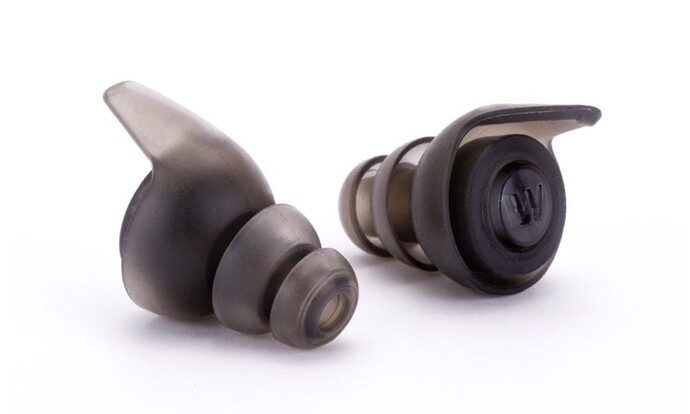it has come to my attention that QSC now uses BMS Co-Axial tweeters in their Cinema line !
https://www.bmsspeakers.com/index.php-61.html?id=bms_4594nd
specifically look at this system:
or actually just the top part of it, which is MHV-1090
the top goes for just $999 used. a horn that size alone would cost you more than that ! ! ! so what do you actually get.
a BMS coaxial tweeter and B&C mid-bass. very not bad !
and if any of them fail you can replace them either as spare parts from QSC or just buy those drivers on your own !
only real issue here is MHV-1090 may be a bit hard to find without the bottom bass section.
the bottom section appears to use QSC SP-00006-1-00 by Eminence Woofer LF-4215 which is rather MEH woofer, and probably doesn’t belong in anything “end-game” …
so now is when we note that JBL 5732
has the same 30" width, similar depth, and the same 250 hz crossover point as the QSC …
which means you can use JBL 5739 low frequency section with QSC MHV-1090 high frequency section … though it might complicate any kind of attempts to use factory DSP presets, but nothing impossible …
now JBL 5739 should absolutely SLAP down to 40 hz, at which point you can cross it over to …
https://www.monoprice.com/product?p_id=38543
which will take you all the way down to about 16 hz. you will of course need at least like 4 of them ( one in each room corner ) to get that low.
once you do though, you will have 5-way, system with 40 hz, 250 hz, 1.7 khz and 6 khz crossovers, a frequency response of +/- 3db from 16 hz to 22 khz and 130 db output.
and while i wouldn’t call this setup “affordable” it is ATTAINABLE, and a killer value for performance.
final note is regarding the 10" midbass used

there is a pretty bad anomaly just above 2 khz so how does QSC get away with 1.7 khz crossover ?
well notice the PHASE PLUG they have on it !
it is nothing crazy, but when you consider that notch is almost certainly result of different parts of diaphragm resonating out of phase a simple device like this should be able to tune that notch out …
i think the B&C may have been developed with the intention of having a phase plug installed on it, as in fact some companies make phase plugs specifically for B&C midranges. that is to say that with horn loading, rear chamber and phase plug the response of this B&C could be close to flat even before any DSP across its operating range of 250 hz to 1.7 khz …
also as the output of 10" midrange is funneled through a hole that looks about 5 inches diameter you get the dispersion characteristics of a 6" midrange with the dynamics of a 10" … a simple but effective solution.
and of course BMS coaxial with its high frequency mirrors and so on is altogether state of the art.

